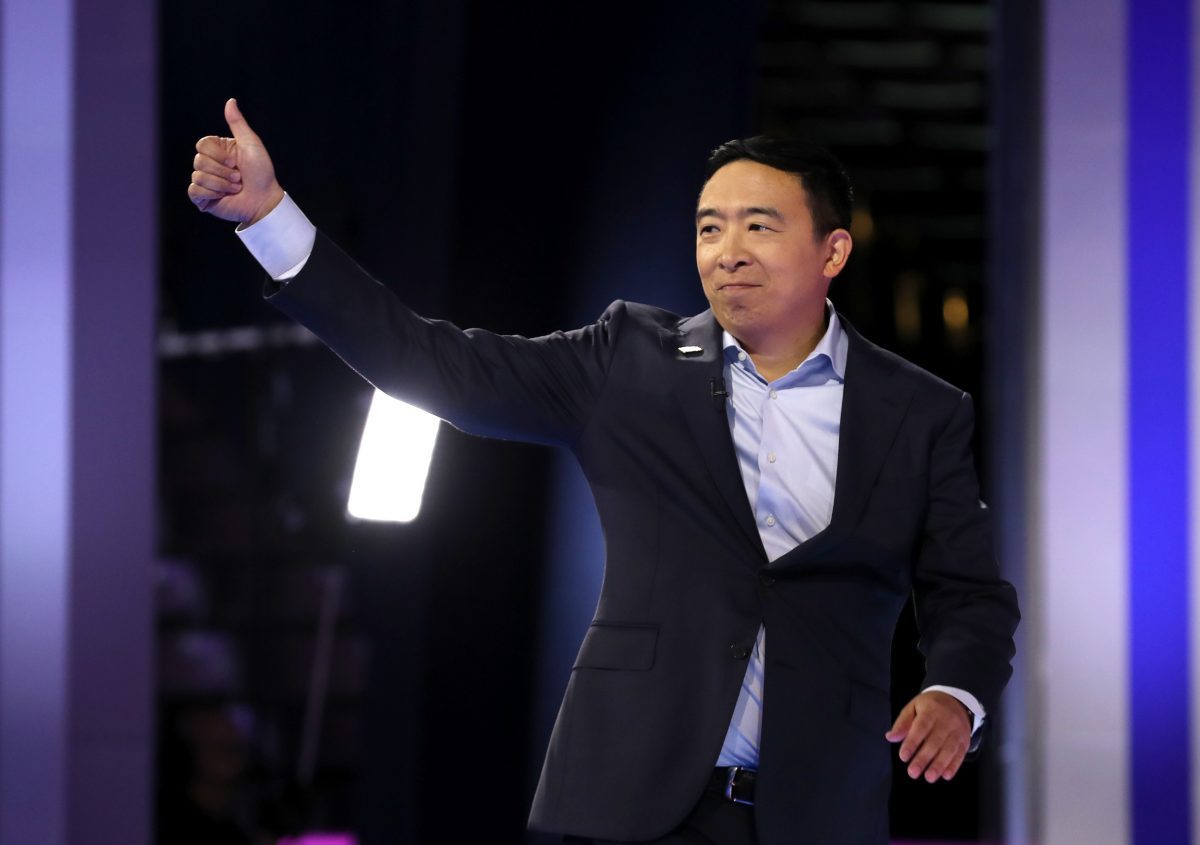Yikes — looks like we might have a blog war a-brewin’ between APAP and 8Asians.
I blogged earlier this afternoon about the “Geisha” bar opening in Oakland, linking a post from APAP for some of my sources. It turns out that Moye, over at 8Asians, also read the APAP post and has a different take on the “Geisha” fiasco.
Aside from the heavy cultural significance of the word, the leaders of this protest also cite that giving the bar with such a name would help support sexual harassment, mental illness, and a negative economic impact with its indirect support for the sex trade and/or pornography. Oh yeah, and don’t forget that rapist in the area who was targeting Asian women. Wait, what? These are all related?
I hate to be the one to say this, but I can’t help think these folks are overreacting in this situation, and wrongly defining the history of Japanese geisha. They were dancing and musical entertainers, and nowhere did violence and overt sexuality come to play in their formal occupation. No, geishas aren’t prostitutes. Maybe some of them were but hey, it’s the oldest job in the world. If anything, they should be focusing their outrage on two Asian American businessmen with a tired and unoriginal idea for a new bar, or at least ask why someone would want to go to a Geisha bar in the heart of Chinatown. Wrong culture, people.
Also, what does the NorCal rapist have to do with this? Did he have a geisha fetish or something and this bar is his one chance to finally hang out in the open? I don’t see the connection.
I think the problem here is a question of interpretation: is the criticism of “Geisha” a reaction to the negative connotations of the geisha profession? Or how the term “geisha” is interpreted by American audiences.
As Moye points out, the traditional geisha was not a prostitute. Geisha would be best described as artisans, trained in music and dance and hired by wealthy men to entertain at dinner parties by playing songs, singing, and socializing. Some prostituted themselves, but the profession, as a whole, is oversimplified by the term “prostitute”.
But that’s looking at geisha from a strictly historical perspective, and not in the context of America’s sociopolitical landscape — which is the way most restaurant patrons and passersby will view the restaurant name. Here, the term “geisha” refers to an archetype that fits hand-in-hand with other images of the hypersexualized, demure Asian female “lotus blossom” prevalent in historical and contemporary American media. Asian and Asian American women are — and have been — predominantly depicted in hypersexualized and subjugated roles in American film and literature, and this directly counteracts efforts to empower Asian American women with a positive and healthy image of ourselves and our sexuality. To that end, failing to criticize a local establishment, opening in a heavily Asian American community, that draws upon and glorifies this negative stereotype of Asian women would be irresponsible.
Moreover, while the link between a bar named “geisha” and depression is not direct, dehumanizing stereotypes left unchallenged in mainstream media often lead to conflicted and unhealthy self-image problems. After all, no one questions that our society’s predilection for super-skinny images of beauty are contributing factors to high rates of anorexia and bullemia specifically amongst teenaged girls of all races.
That being said, I’m not sure I co-sign the Norcal rapist connection; mainly because I don’t think we know the specific motivations for that dude.

